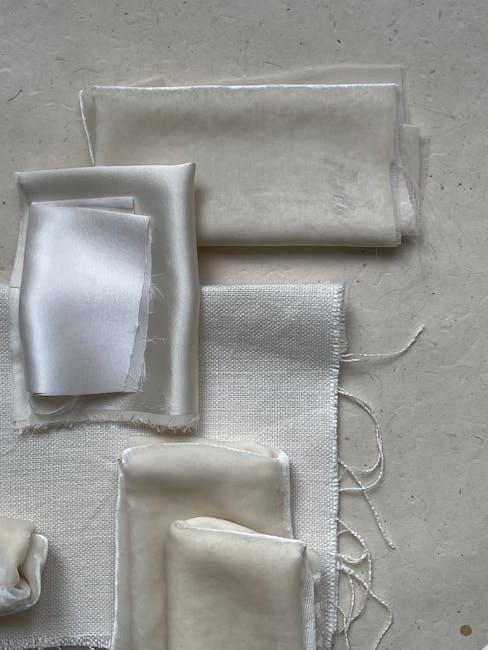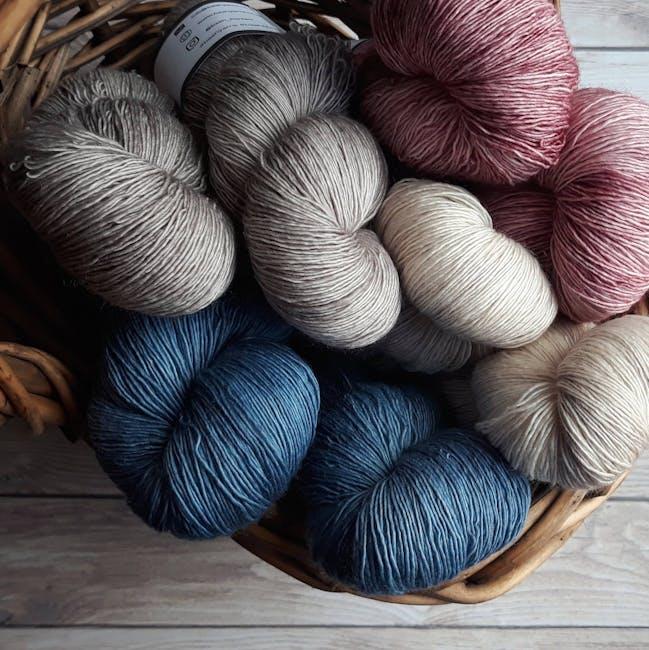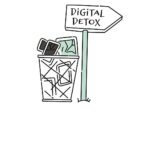In a world where fast fashion dominates our closets and landfills overflow with discarded textiles, the art of repurposing old clothes has emerged as a thoughtful and practical solution. Transforming worn-out garments into useful items not only breathes new life into forgotten fabrics but also champions sustainability and creativity. From cozy quilts to stylish accessories, the possibilities are as vast as the imagination itself. This article explores the many ways to turn your old clothes into treasures that blend utility with eco-conscious living, proving that what once seemed obsolete can become unexpectedly valuable once more.
Transforming Fabric Scraps Into Home Decor

Breathing new life into fabric scraps can be a rewarding adventure that blends creativity with sustainability. Small textile remnants, often neglected or discarded, can be carefully stitched into charming pillow covers, vibrant coasters, or even intricate wall hangings. The diversity of textures and colors from old clothes allows for unique patterns and a personal touch that mass-produced items rarely capture. Beyond aesthetics, these projects minimize waste, turning what once seemed useless into delightful accents that bring warmth and character to any room.
To get started, consider these simple yet impactful ideas for transforming scraps:
- Patchwork Curtains: Assemble patches of different fabrics into a whimsical window treatment.
- Fabric Garland: Cut strips of material and tie them along a string for festive décor.
- Upcycled Lampshade: Wrap old fabric scraps around an outdated lampshade frame for a fresh look.
| Scrap Size | Suggested Project | Time Required |
|---|---|---|
| Small (up to 6″x6″) | Coasters or Keychains | 15-30 mins |
| Medium (12″x12″) | Pillow Covers | 1-2 hours |
| Large (18″x18″+) | Wall Hangings | 2-4 hours |
Creative Sewing Techniques for Durable Upcycles

Transforming worn-out fabrics into resilient treasures requires more than just basic stitches; it involves integrating innovative methods that contribute both strength and style. Start by utilizing French seams to fully encase raw edges, preventing fraying while providing a clean, polished finish. Another technique gaining traction is the flat-felled seam, commonly seen in denim, which not only secures thick fabrics but also adds a rugged aesthetic. For areas subjected to frequent stress, such as bag straps or cushion seams, reinforcing with bar tacking or double stitching ensures longevity without compromising flexibility.
Incorporating textures and details can enhance durability while embracing the spirit of upcycling. Consider using patchwork layering not only for a creative style statement but to bolster thin or worn fabric zones effectively. Adding fabric strips as ribs or binding with contrasting textiles gives the upcycled piece both charm and resilience. Below is a quick guide to handy techniques paired with their ideal applications:
| Technique | Best Used For | Key Benefit |
|---|---|---|
| French Seam | Lightweight tops, scarves | Neat inside finish |
| Flat-Felled Seam | Denim, bags, aprons | Strong and durable |
| Bar Tack | Stress points on straps | Extra reinforcement |
| Patchwork Layering | Worn-out areas, quilts | Enhanced durability + style |
| Bias Binding | Edges of bags, hats | Clean, flexible finish |
Choosing the Right Tools for Clothing Repurposing

Embarking on a clothing repurposing project means gearing up with tools that enhance both creativity and precision. Whether you’re transforming old denim into a chic tote bag or turning t-shirts into cozy quilts, having the right instruments makes all the difference. Essential tools often include a reliable pair of fabric scissors, a seam ripper for unraveling seams carefully, and measuring tape for accuracy. Additionally, fabric glue or an iron-on adhesive can be great for no-sew alternatives, while a sewing machine accelerates the process for more intricate designs. Don’t overlook small essentials like pins, needles, and thread that match your fabric – these little helpers keep your project on track and tidy.
When selecting these tools, consider the type of fabric and the complexity of your repurposing idea. For instance, thick materials like denim or canvas require heavy-duty scissors and durable needles, whereas delicate fabrics need finer tools to avoid damage. Here’s a quick reference to guide your choices:
| Fabric Type | Recommended Tools | Ideal Project |
|---|---|---|
| Denim | Heavy-duty scissors, thick needles, strong thread | Tote bags, aprons, seat covers |
| Cotton | Standard scissors, medium needles, all-purpose thread | Quilts, pillow covers, reusable bags |
| Knits & T-shirts | Ballpoint needles, stretch thread, rotary cutter | Headbands, scarves, casual wear accessories |
- Precision is key: sharp tools make clean cuts and neat seams.
- Comfort matters: ergonomic handles prevent hand fatigue during longer sessions.
- Multi-functionality: some tools serve more than one purpose, streamlining your toolkit.
Step by Step Guide to Crafting Practical Accessories

Start by selecting clothes that are sturdy and have minimal wear, such as denim jeans, thick cotton shirts, or old sweatshirts. After gathering your materials, lay them out and decide which item you want to create. Some of the most practical accessories include:
- Tote Bags: Use old jeans or shirts to cut panels for a durable bag. Reinforce handles with double stitching.
- Pouch or Wallet: Create small pockets from shirt sleeves or pant legs, adding zippers or buttons for security.
- Headbands or Scrunchies: Cut strips of fabric, sew them into tubes, and insert elastic bands.
Measure twice and trim carefully, keeping in mind the natural shape and design of the original garment to enhance the charm of your accessory. Don’t forget to use salvaged buttons, zippers, or embellishments to add personality and functionality without extra cost.
| Accessory | Material | Key Tools |
|---|---|---|
| Tote Bag | Denim Jeans | Scissors, Sewing Machine, Thread |
| Pouch | Cotton Shirt | Needle, Zipper, Buttons |
| Headband | Stretchy Sweatshirt | Elastic, Sewing Machine |
Concluding Remarks
Transforming old clothes into useful items not only breathes new life into forgotten fabrics but also sparks creativity and sustainability in our daily lives. By reimagining what once was worn, we step away from wastefulness and step toward mindful living. Whether it’s a cozy quilt, a practical tote, or quirky home décor, the possibilities are as endless as your imagination. So next time you face a pile of preloved garments, remember: within those threads lies a world of potential waiting to be woven into something meaningful once again.











